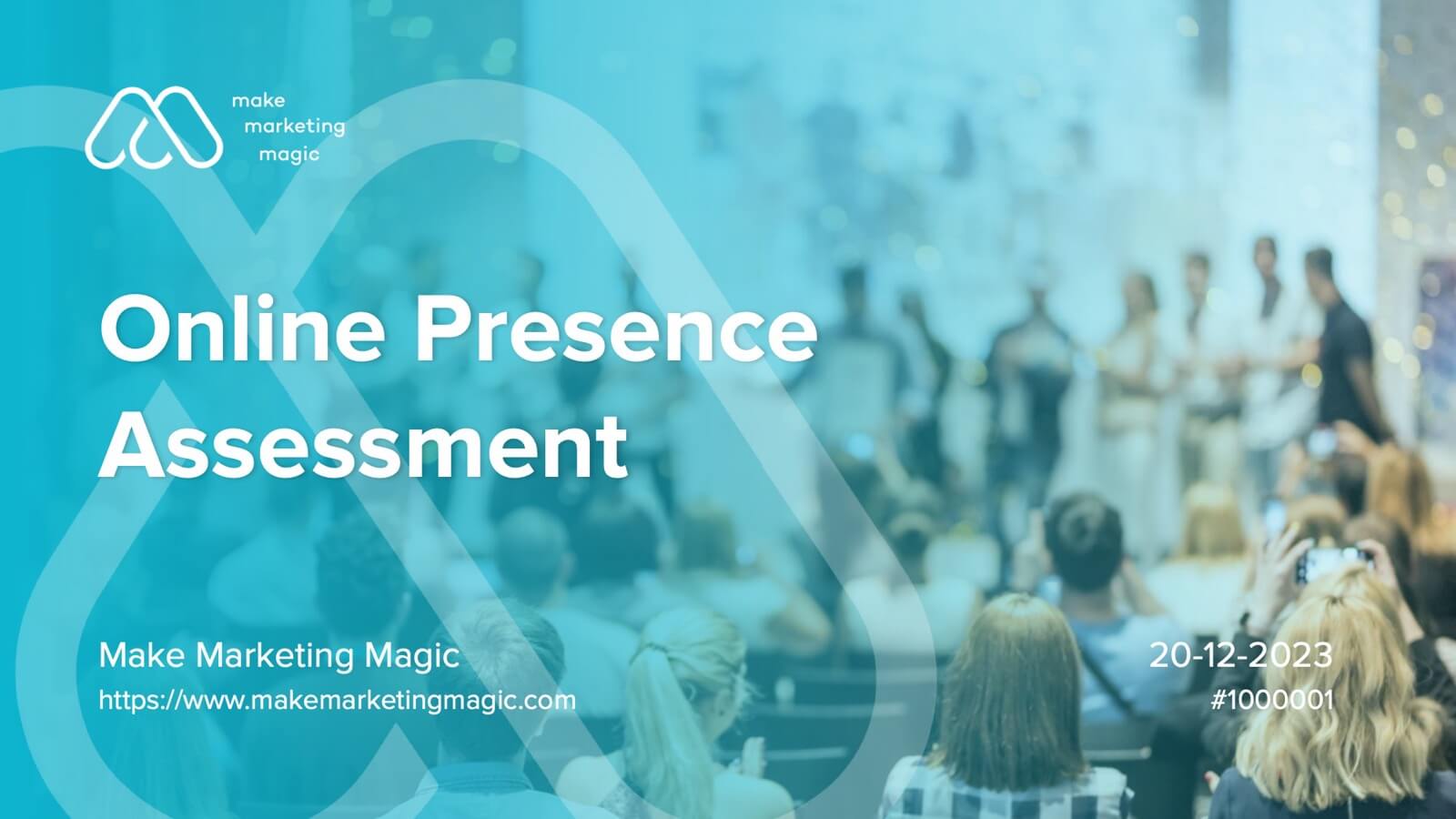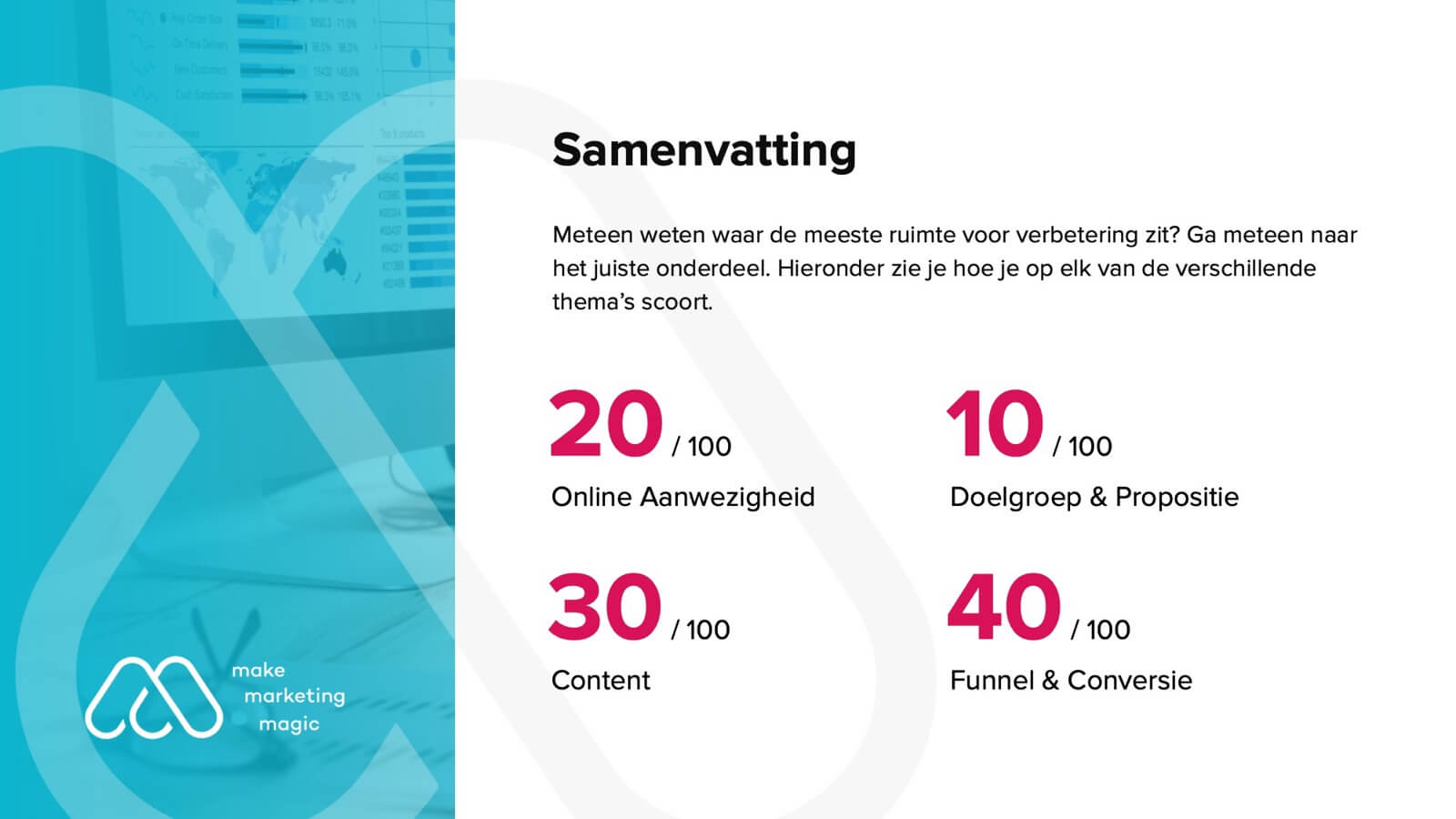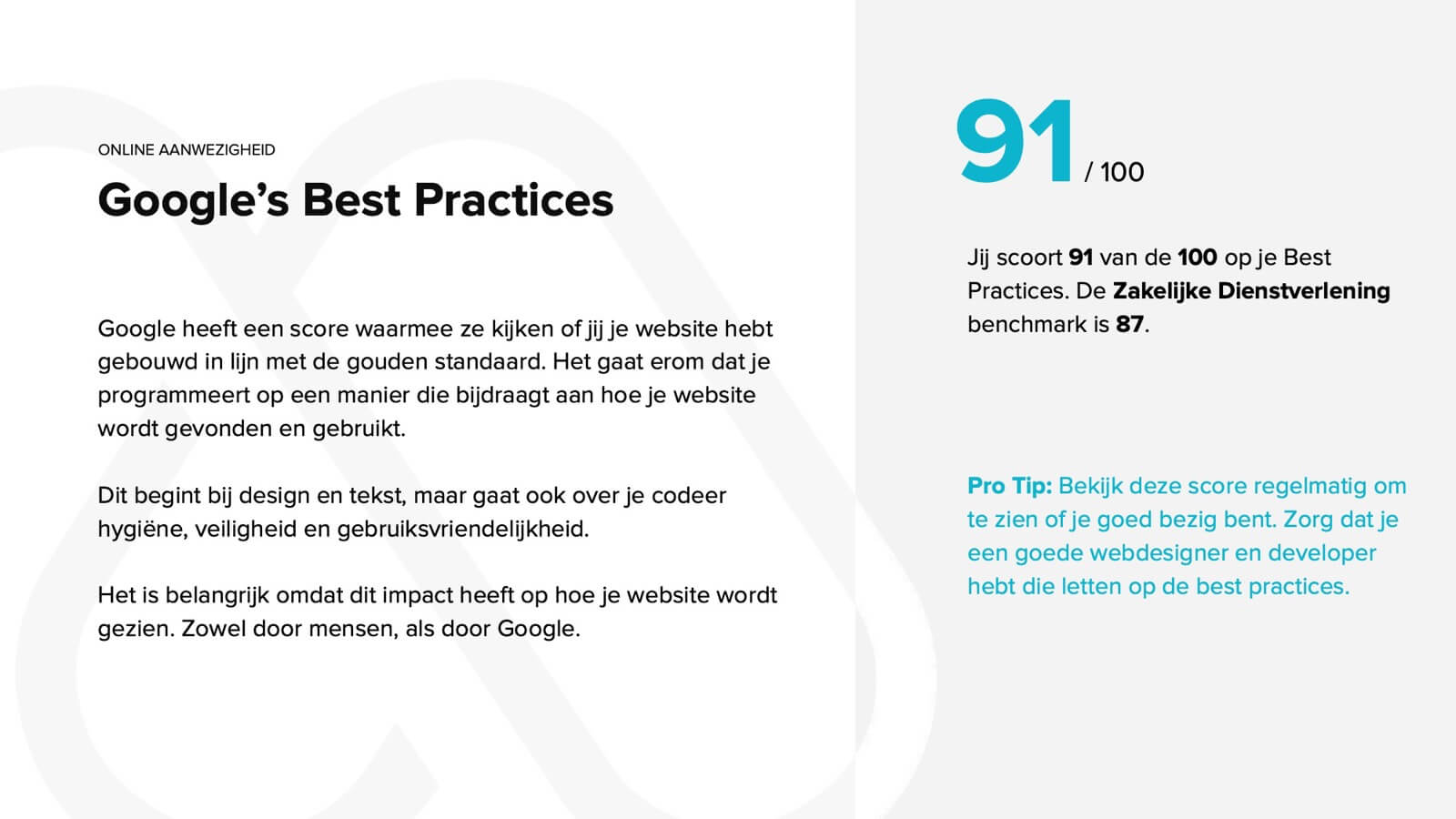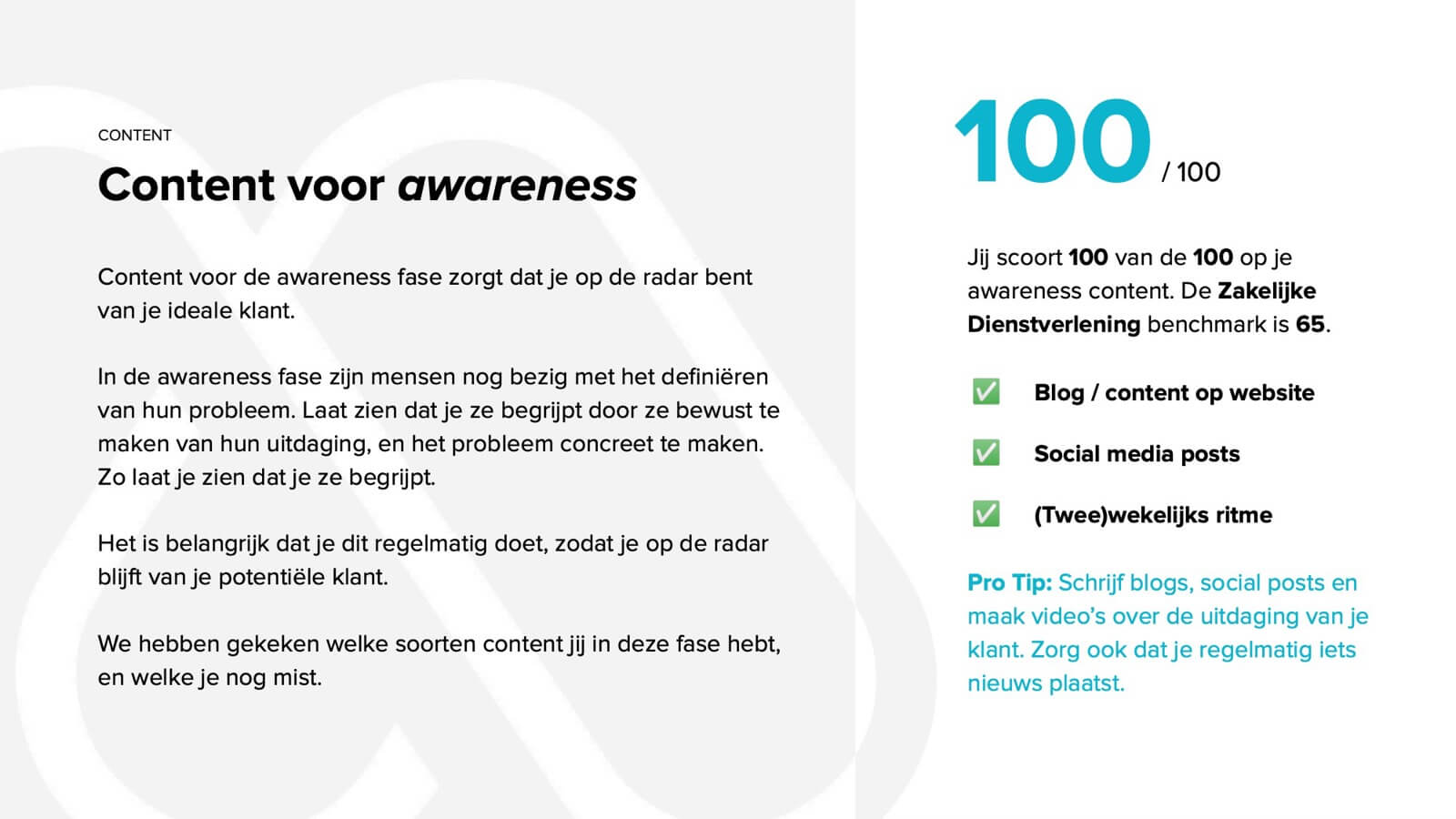
The five phases in the buying process: this is how you successfully sell your product
Door Make Marketing Magic op 13 november 2019.
You are completely convinced. Your product or service is the solution for the problem facing your potential customers.
If they are smart, then they end up coming to your company. But how do you ensure that those potential customers actually see your product as the best solution?
To answer that question, it is necessary to understand the five phases of consciousness during the buying process.
Let me list them for you. The five phases that a customer goes through, before finally signing a deal.
Phase 1. The customer is not (yet) aware of the problem
Imagine you provide software with which a company can easily automate its administration. Thanks to your application and support, the administration is processed faster, more efficiently and cheaper. Amazing, right?
But your customer thinks that things are actually going well. There is an admin employee who has been working there for ten years, doing things manually. And it works great this way, right?
In short, the customer does not see that he has a problem. In this phase, it is best to let someone know that something can be better, easier, faster or cheaper. With this the recognition of the need can come about. But I would handle this in a very relaxed way.
I do not believe that you should talk to the customer about a problem at this stage. “Don’t try to sell the unsellable.”
Phase 2. The customer is aware of the problem
To stay with the same example: the customer starts to realize that he has a problem. Because there appear to be errors in administration or the loyal employee finds another position. Or maybe the customer hears about admin cost savings at a networking drink. Slowly he or she comes to realise that there is a problem.
This is the phase where you as a salesperson can quickly go wrong. It is very tempting to immediately present your product or service as a solution.
It is something that I often encounter in practice. You immediately switch to sales from your own experience, but without a connection being made with the customer’s world.
The result? The customer kindly thanks you for your enthusiasm and will calmly orientate themselves to what else is on the market. Of course, you will claim your admin tool is great, but there are countless more providers on the market.
Phase 3. The customer becomes aware of the solution
This is the most important phase. Crucial. Here you make the connection between the customer’s world and your world. The customer’s awareness that there is a problem and your knowledge about a solution coincide.
Specifically, your prospective customer believes that he does spend a lot on his back office operations. And it is also difficult to find someone who can replace the previous administrator. What should he do about this? Just like in phase two, you should not immediately come up with your own product. But you talk to the customer about the benefits of automation, that this entails cost savings and is also much less sensitive to errors.
Here you take the customer into your vision, the ideas behind your approach. It is important here that you first take the customer into the right solution for his problem, but not yet into your product. It is important that your customer first trusts the solution. Only then can he trust the importance of your product.
Phase 4. Make the customer aware of your solution to his problem
We have finally arrived at the sales moment where you can pitch your product. There is a shared vision and there is an ongoing dialogue with the entrepreneur that coincides with your story. The customer does understand the need for the automation of his admin.
But how does it work in practice? Can you help him with that? It is possible, because you have developed an advanced tool that seamlessly meets the needs of the customer.
Phase 5. The customer is totally aware and can make a decision
The final phase, in which the customer knows that there is a solution for his problem and what it looks like. That you are the one who can deliver that solution with your product or service. Because you listen, sincerely think about solutions and have developed a relationship based on trust.
You are not the umpteenth salesperson who immediately starts promoting his own product. You are a point of contact with relevant knowledge.
Don’t fool your customer and don’t fool yourself
Finally. I sometimes come across entrepreneurs who think: “I am smart and simply call my product or service a solution”. Then I can skip phase 3 and immediately start in a handy way about my product or service. Don’t fool your customer and don’t fool yourself. Phase 3 in the buying process is no trick. It is how you develop a shared vision about the right solution for the customer’s problem.














